Translation Management Systems (TMS) are integral to the translation processes of organizations and translation service providers. After all, the complexity of translation projects can be overwhelming.
As translation industry veterans, we understand the unique challenges of managing high-volume translation projects. Especially those where technical language accuracy is paramount. That’s why a Translation Management platform is essential for any organization that wants to connect effectively with a global audience.
With a structured approach, Translation Management software helps you enhance accuracy, efficiency, and consistency across multiple languages. From organizing large volumes of content to ensuring brand voice and message remain intact, Translation Management software enables seamless collaboration and quality control at scale.
What you’ll learn
In this guide, we’ll break down everything you need to know about Translation Management Systems—how a TMS works, what makes it valuable, and how it can streamline the translation process.
Whether you’re new to TMS or looking to optimize your current setup, you’ll find practical insights to help you make the most of a powerful Translation Management program.
Translation Management System discussion points
- What is Translation Management?
- What is a Translation Management System (TMS)
- Benefits of a TMS
- How Translation Management software works
- How Translation Management Systems streamline translation processes
- Key features to look for when selecting a TMS
- How AI is transforming Translation Management
- Real-world applications of TMS in various industries
- Recommendation for a TMS platform
What is Translation Management?
Translation Management means managing content and processes involved with converting text from one language to another.
Components of Translation Management
Overseeing the entire lifecycle of translating content from one language to another encompasses a variety of tasks and responsibilities, including:
- Content Analysis: Assessing the source material to understand its context, purpose, and audience, which helps in determining the appropriate translation strategy.
- Resource Allocation: Selecting and managing translators, editors, and proofreaders who are skilled in the target languages and subject matter. This may also involve contracting or hiring freelance translators or agencies.
- Project Planning: Developing a timeline and workflow for the translation project, including setting deadlines, milestones, and deliverables.
- Tool Utilization: Implementing and managing translation tools and technologies, such as Translation Memory, Computer-Assisted Translation (CAT) tools, and Machine Translation, to improve efficiency and consistency.
- Quality Assurance: Establishing and enforcing quality control processes to ensure the accuracy, fluency, and cultural appropriateness of the translated content. This includes conducting reviews and revisions.
- Content Localization: Adapting the translated content to fit the cultural and regional nuances of the target audience, which goes beyond simple word-for-word translation to consider idiomatic expressions, cultural references, and local regulations.
- Terminology Management: Creating and maintaining glossaries and style guides to ensure consistency in terminology and style across all translated materials.
- Workflow Management: Coordinating the various stages of the translation process, from initial content preparation to final delivery, while ensuring clear communication and collaboration among all stakeholders.
- Budget Management: Monitoring and controlling costs associated with translation projects, including labor, software tools, and any additional resources.
- Stakeholder Communication: Keeping project stakeholders informed about project progress, addressing any questions or concerns, and ensuring their requirements and expectations are met.
- Post-Project Evaluation: Analyzing the completed project to identify areas for improvement and gather feedback for future translation efforts.
Effective Translation Management ensures that the translated content is accurate, culturally relevant, and delivered on time within budget.
What is a Translation Management System?
A Translation Management System (TMS) is a software that aids in the development, management and automation of language translation (converting text from one language to another). In short, Translation Management Systems are productivity enhancers for human translation.
This type of software platform falls into the category of computer-assisted translation (CAT) tools. A TMS helps translate, organize and manage translated texts and documents.
Organizations use Translation Management Systems to centralize translations and improve translation workflow. Because Translation Management is rarely a one-person job, centralized access and easy collaboration are highly desirable in this type of application.
This is why cloud-based Translation Management Systems have become increasingly popular, as they can be accessed from a web browser.
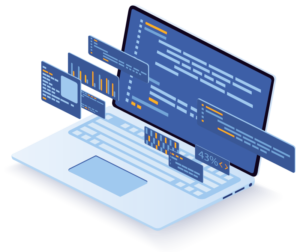
How do Translation Management Systems work?
In a Translation Management System, the user uploads a file in the source language, which is then automatically translated into the target language by a Machine Translation engine. These software programs are commonly built on the Microsoft Translator or Google Translate engine framework, which provides a rough translation for the bulk of the document.
The text is then presented in an interface where it is separated into segments. These segments contain phrases or sentences, and the source language and target language version of the segments are aligned side-by-side.
The target language segments can then be revised within the same interface by someone who possesses written fluency of the target language. This process is called post-editing, and it serves to improve the quality of the machine-translated text (since Machine Translation isn’t perfect).
Post-editing within the software allows for a contextual experience. This helps the branding, terminology and intent of the document to remain intact.
The role of AI in Translation Management Systems
Artificial Intelligence (AI) is transforming Translation Management by making it faster, more accurate, and highly adaptable to diverse language needs. AI-driven tools streamline processes and improve translation quality by reducing human error and ensuring consistency across projects.
As highlighted by Jennifer Vela Valido in Translation Quality Management in the AI Age, these AI-driven tools not only simplify workflows but also make TMS platforms more user-friendly.
Research also shows how advanced Machine Translation (MT) metrics help assess and refine AI-driven translation tools, offering new ways to measure accuracy and cultural relevance. With AI, Translation Management Systems are more effective and responsive than ever—empowering teams to deliver better, faster translations across the board.
Machine Learning and Translation Management Systems
In premium Translation Management Systems, machine learning (a type of AI) takes translation quality to a new level. By “learning” from post-edited translations, machine learning saves these improvements in what’s called a Translation Memory (TM).
This bilingual repository automatically recalls and applies previously edited phrases, reducing repetitive work and enhancing consistency across translation projects.
With each project, machine learning in an AI Translation Management System adapts to past edits, building a smarter, more accurate translation experience over time. From automating repetitive tasks to suggesting context-aware translations, machine learning enables ongoing language learning and quality improvements.
Studies show that using advanced terminology management within a TMS can significantly reduce errors and improve consistency in large-scale translations—benefits that are crucial for global organizations.
ChatGPT and advanced AI integration in TMS platforms
The latest in TMS technology now integrates generative AI such as ChatGPT, which provides even more nuanced and context-sensitive translations.
Pairaphrase, for instance, integrates ChatGPT into its TMS to offer translators an interactive interface with contextually relevant suggestions. This reduces the need for extensive edits and helps keep translations concise, minimizing text expansion that can disrupt layouts and formats.
This feature is especially valuable for enhancing productivity by offering alternative phrases and tone adjustments, ensuring the translated content aligns with the original intent. For brands with creative or conversational messaging, ChatGPT maintains voice consistency across multiple languages, giving global teams a powerful tool to deliver clear and cohesive messaging.
5 Benefits of Translation Management Systems (TMS)
According to the Globalization and Localization Association (GALA), leveraging advanced language technologies, such as TMS and AI, is essential for efficient and accurate translation processes.
Here are the 5 main benefits of a Translation Management System:
- Delivers continuous translation quality improvements
- Eliminates repetitive post-editing of the same sentence or phrase
- Reduces manual labor (hours worked)
- Reduces translation-related costs
- Provides a return on investment
For actionable strategies to optimize your translation processes, explore our 5 Translation Management Tips for Better Efficiency.
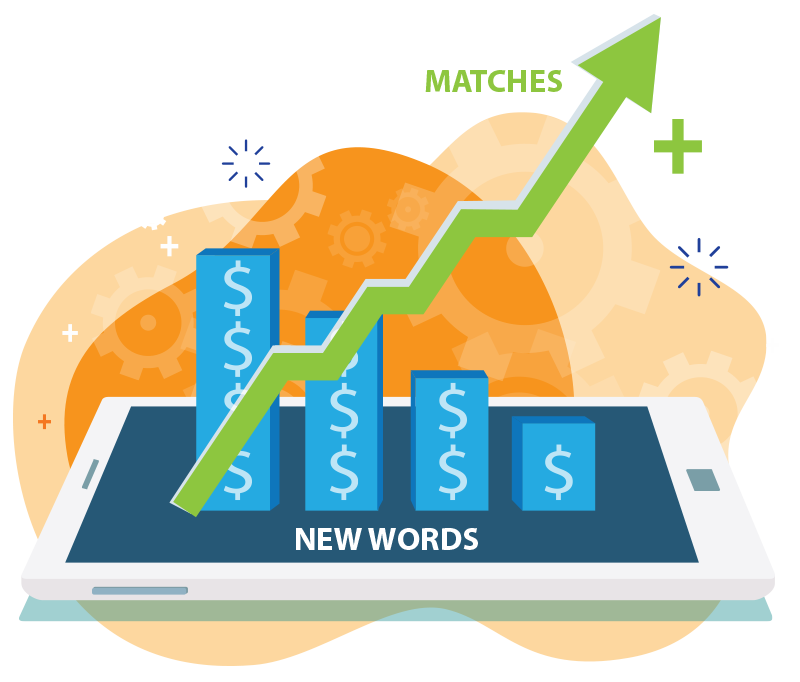
When you should use a TMS
It’s time to adopt a better system for managing translations when you:
- Manage translations in spreadsheets
- Go back and forth by email or Slack with collaborators
- Attach and download files in order to share the latest versions of translations with your team
- Have a large volume of documents and content to process
You can also take this assessment to determine whether or not you need one.
Translation KPIs: measuring success in Translation Management
Key Performance Indicators (KPIs) are vital metrics that help you to measure your translation efforts. This ensures that your investment in a Translation Management System drives real results.
By tracking specific KPIs, you gain clear insights into the efficiency, quality, and cost-effectiveness of your translation processes. This will make it easier to spot areas for improvement and set focused goals.
Common translation KPIs to track
- Translation Accuracy: Tracks the error rate in translations, helping you ensure content is both precise and culturally appropriate. Maintaining high-quality translation supports brand consistency and meets client expectations for quality.
- Turnaround Time: Measures the average time taken to complete projects, including average post-editing times. This metric reflects workflow efficiency, with a lower time indicating fewer bottlenecks and a faster process.
- Number of Words and Segments Translated: Tracks the volume of content translated, often measured by translation word count or segments. This KPI helps estimate project costs by language pair, translator, or file format, enabling efficient resource allocation.
- Translation Actions: Provides insights into translator workflows by tracking activities within the project. An activity log in the online Translation Management System can identify bottlenecks, frequent issues, and which tools or steps slow the project down.
Tracking these KPIs gives you a data-driven approach to improving your translation workflow. With clear, measurable goals, you can make informed decisions that lead to higher quality translations, faster project completion, and smarter resource allocation.
Understanding key performance indicators is crucial for assessing translation success. Learn more in our article on translation KPIs for Translation Management success.
Who uses Translation Management software?
Medium-to-large enterprises and organizations are the most common users of a Translation Management System. Sometimes they leverage the benefits of TMS by way of hiring a translation agency, but they can further conserve resources by managing their translations in-house.
Enterprise Translation Management Systems are popular due to the sizable amount of written text enterprises produce and use on a daily basis. When enterprises convert the language of a text to communicate with multilingual audiences, stakeholders and employees, it typically requires a generous amount of resources.
Managing multiple languages and dialects is time-intensive. These software applications can aid in translation productivity and quality assurance for these companies. As a result, they save money on translation and reduce hours worked.
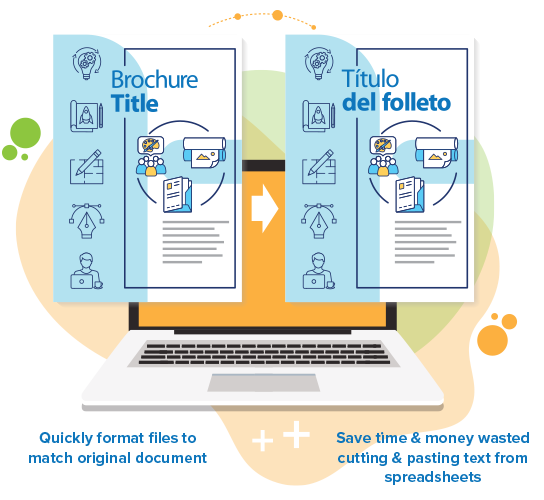
Enterprise translation management systems are popular due to the sizable amount of written text enterprises produce and use on a daily basis. When enterprises convert the language of a text to communicate with multilingual audiences, stakeholders and employees, it typically requires a generous amount of resources.
Managing multiple languages and dialects is time-intensive. These software applications can aid in translation productivity and quality assurance for these companies. As a result, they save money on translation and reduce hours worked.
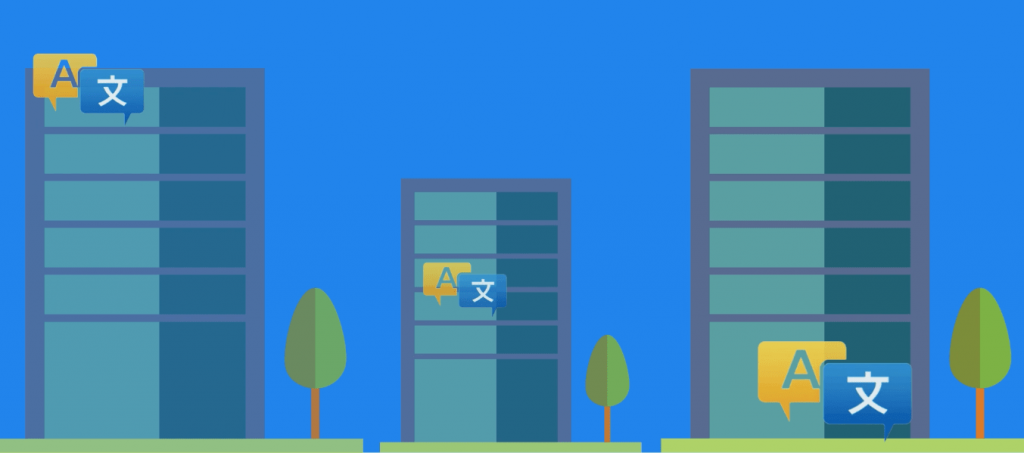
Selecting a Translation Management Solution
Selecting a Translation Management solution
Selecting a Translation Management solution is no easy decision. Even with all the TMS reviews and comparison tools available online, it’s still difficult to decipher which one is right for you. However, the following information will help you narrow it down.
Best TMS Features
Regardless of the Translation Management software you choose, there are specific translation and localization features you should always look for. Choose one based on these must-have features:
- Copy-and-paste text translator (gisting)
- Translation editor
- AI-powered translation
- Terminology Management & termbase glossary support
- Flexible file type compatibility
- Collaboration (translation tracking, edit history, invite colleague to edit file)
- Messaging & contextual conversation log
- User permission controls
- Ample commercial language pairs
- Spellcheck & custom dictionary
- Compliance with industry mandates (e.g. GDPR, HIPAA)
- Live customer support
- Flexible purchase plans for scalability
- Robust API access for integrations
- Cloud-based translation management platform
- Real-time analytics & reporting
- Google Drive integration
- OpenAI/ChatGPT integration
Learn more about the best Translation Management System features.
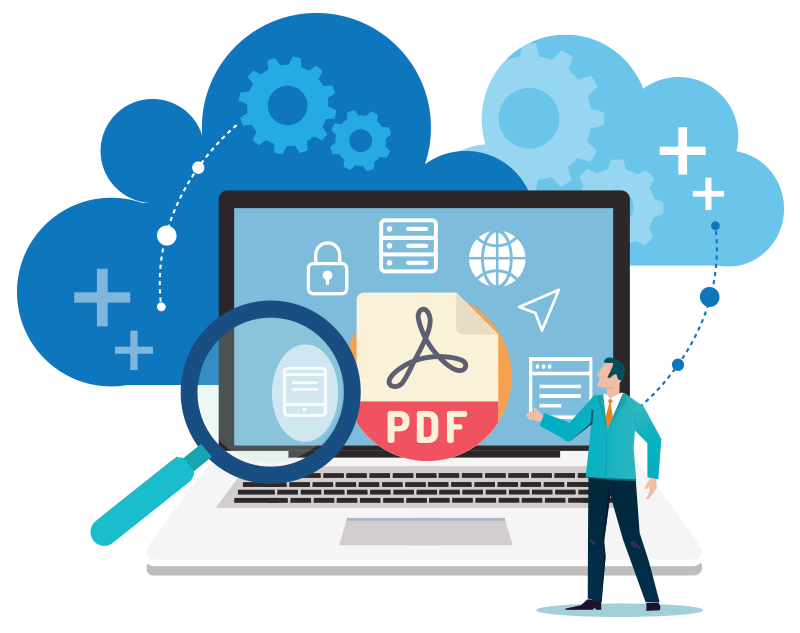
Cloud vs. desktop TMS
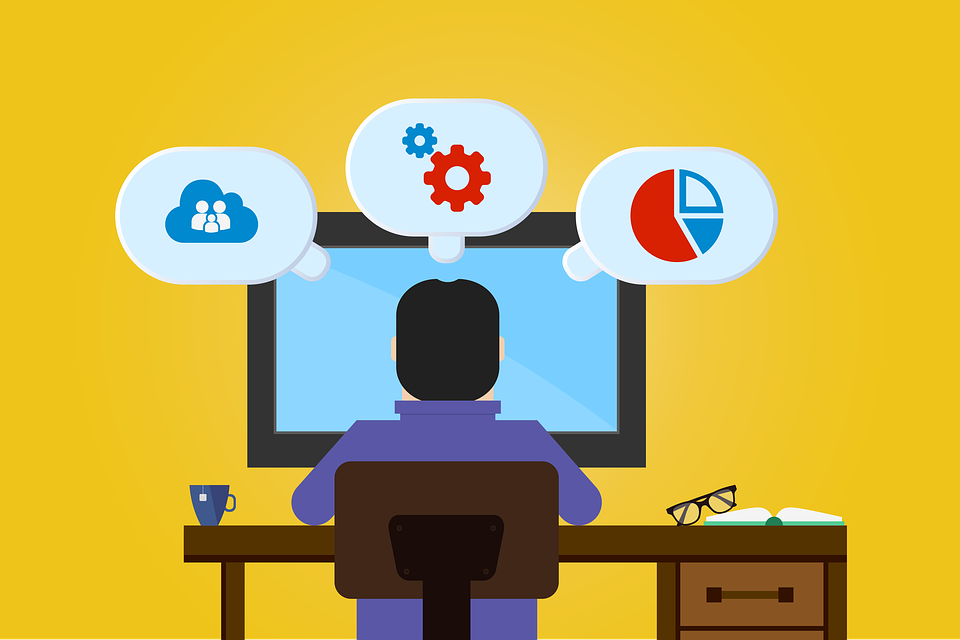
A cloud-based online Translation Management System allows for more flexibility and less downtime than a desktop-based one. Here are 10 benefits of a cloud Translation Management System:
- Access your cloud-based TMS from multiple devices
- Greater insight into translation project status
- Better communication equals better collaboration
- No installation necessary
- More uptime
- Better value
- Operating system compatibility doesn’t matter
- Translate from anywhere on the globe
- Easy onboarding & user friendliness
- Enterprise-level security (verify with the TMS provider)
Learn more about the benefits of cloud-based Translation Management.
Quick tips for a smoother workflow with a TMS
Using a TMS can streamline your workflow, ensuring faster, more consistent translations. Here are some quick tips to optimize your process:
1. Organize projects and assign roles early on
Set up your project and assign translators, editors, and reviewers within the TMS right from the start. This establishes clear responsibilities and prevents bottlenecks down the line.
2. Leverage Translation Memory
Use the TMS’s Translation Memory technology to recycle approved translations, which speeds up work and ensures consistency across documents, especially for repeated phrases or terms.
3. Automate quality checks
Enable built-in quality assurance tools to catch errors early, like spelling and terminology mismatches, before final approval. This reduces the need for extensive manual review.
4. Track progress with analytics
Take advantage of the TMS’s analytics to monitor project progress and assess performance. This allows for quick adjustments and provides insights to improve future workflows.
Maximize the efficiency of your TMS and deliver high-quality translations while saving time and resources.
Recommended Translation Management System
Want to get started with the best Translation Management System containing all the features above? Try Pairaphrase. It’s the AI-powered Translation Management System for teams who value smarter, faster and safer translation.

Pairaphrase supports 140+ languages and 20,000+ language pairs including Spanish, French, German, Arabic, Hindi, Chinese, Japanese and more. Not to mention, it performs file translation for 24 file types.
or share this article with a colleague.
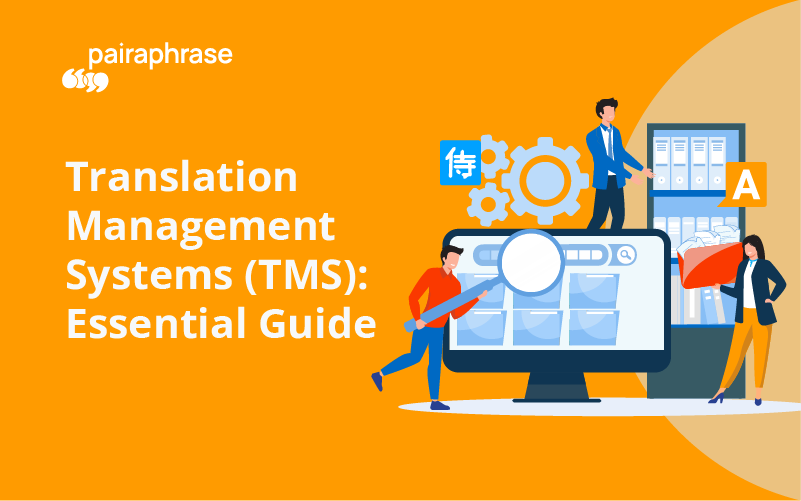
.png)

.png)




